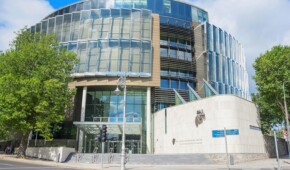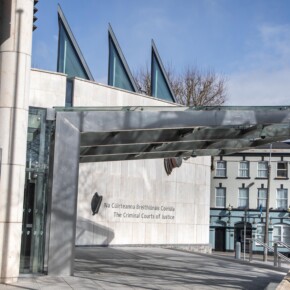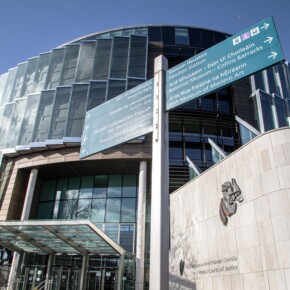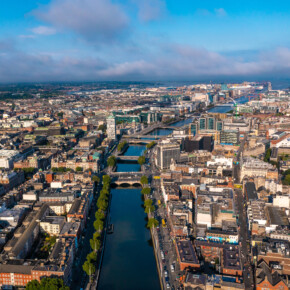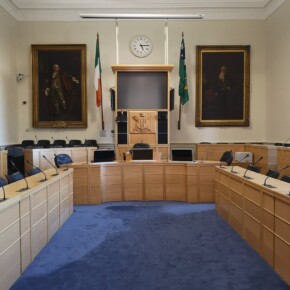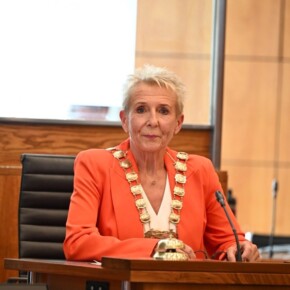Carving up of Dublin Fingal raises eyebrows
Mike Finnerty 04 Sep 2023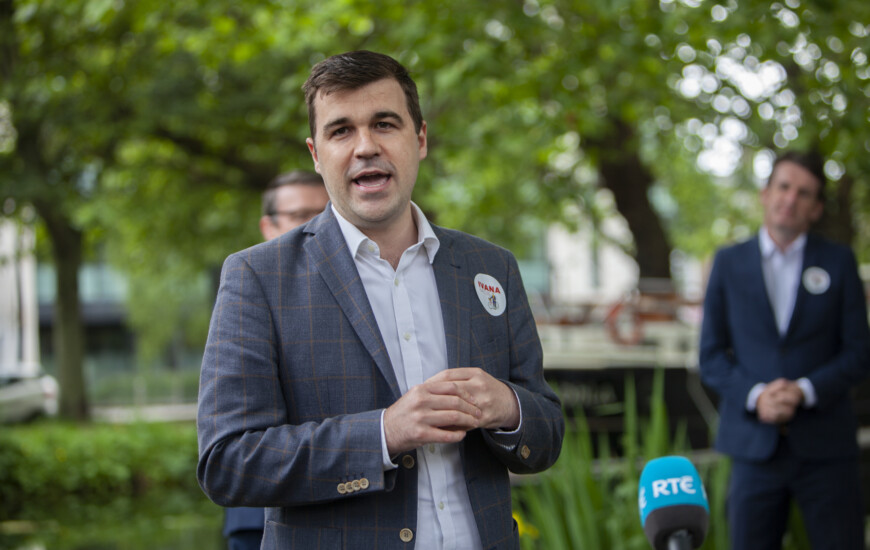
It has been said that compromise is the essence of our democracy, and not everyone gets what they want when it comes to politics.
In every constituency review, there are winners and losers, geography is often ignored or thrown out the window, and as is the case here, electoral fortunes are decided with what Noel Rock once called “the stroke of a pen.”
The Electoral Commission were given the task of presenting a new electoral map for Ireland in accordance with the Constitution stating there must be one TD per every 30,000 citizens.
Compromises have to be made, and not every request from citizens can be implemented when it comes time to redraw the electoral map.
In other parts of the country, esoteric lines of reasoning result in towns like Ballinasloe ending up sharing a constituency with Athlone in Westmeath and the entirety of County Roscommon.
To make room for 14 extra TDs across Ireland, Dublin Fingal has been sacrificed at the altar of necessity.
What was once a 5 seater has now been split into two separate 3 seaters.
TDs with strong first preference votes like Sinn Féin’s Louise O’Neill or Minister for Housing Darragh O’Brien aren’t likely to have sleepless nights over the change to their constituency boundaries, but Fine Gael climate spokesperson Alan Farrell and Labour stalwart Duncan Smith are likely to be fretting over the changes.
Both Farrell and Smith were elected to the Dáil with less than 10% of first preferences, and in the case of Smith’s Labour party, candidates that stand in a 5-seater stand a better chance of being returned to the Dáil by voters.
Smith’s party colleague Aodhán Ó Ríordáin is also likely to be tearing his hair out at Dublin Bay North losing nearly 13,000 voters to Dublin North West, but can take consolation that his neck of the woods is remaining on 5 seats and the addition of Balgriffin voters to the fold.
Ó Ríordáin tweeted “Sorry to lose parts of Whitehall, Beaumont, Artane & Kilmore from Dublin Bay North.”
“Thinking of the campaigns we worked on like policing, bus routes, traffic calming & local schools,” but added he would still work with his constituency colleagues on those issues.
Aontú leader Peadar Tóibín questioned the increase in the number of three-seater constituencies across Ireland, saying they “militate against smaller parties.”
Tóibín said that his party called for the introduction of 6-seater constituencies, but claimed that the Government rejected his call.
Fine Gael’s leader in the Seanad, Regina Doherty, said that she would “continue to champion” better transport, safer streets, community infrastructure and housing affordability in the Dublin Fingal West constituency, but Virgin Media political correspondent Gavan Reilly pointed out “you’d wonder if Regina Doherty regrets going full Blue And Navy now that her former territory of Meath East has gained a seat and her target area has just gone from 5 to 3.”
It was noted by the Electoral Commission that Dublin Fingal was the fastest-growing constituency in Dublin, growing by 12.5% since the last time the boundaries were drawn up, and was mooted as a possible six-seater.
The report poured cold water over the 6 seat ambitions, saying “in relation to the Dublin Fingal constituency, they “considered how best to cater for the large increase in population.”
“As it is a 5 seat constituency already, there was no possibility of allocating an additional seat” it noted.
Sinn Féin parliamentary assistant Eoghan Ó Finn summed up the Fingal debacle succinctly:
“Let me get this straight: Swords is Fingal’s largest town and will be in Dublin Fingal East, but major towns to the east of Swords (Balbriggan, Skerries, Rush, Lusk) will be in Dublin Fingal West, and west Fingal won’t be in Dublin Fingal West but will remain in Dublin West?”


